A Place of Repose
1851
The Dale Cemetery Association was founded by 12 leading members of Sing Sing Village to remedy “the absence of a proper Rural Cemetery for the final repose of the dead.” Dale Cemetery would compete with (and eventually surpass) the much smaller and older Sparta Cemetery at the south end of the Village. One of the trustees, Munson Lockwood, sold the land to the association, which then hired Howard Daniels, a landscape architect and proponent of the 19th-century Rural Cemetery movement. Paths follow the existing contours of the land, trees and shrubs are placed with care, and beautiful views abound. According to a speech given at the cemetery’s dedication on October 8, 1851, Dale’s combination of scenery, topography, and “the fitness of the soil for the purposes of interment…” made it “one of the most beautiful and appropriate Rural Cemeteries in the State.”
Dale was designed as much for its visitors as its permanent residents. Rural cemeteries were designed as peaceful retreats from hectic urban centers, where family and friends could contemplate life and death through the lens of nature, and return to their lives not only comforted, but transformed by their contact with natural surroundings. Its founders also considered it “an important source of social welfare,” with beautiful sculptural art that would instill “a love of order and neatness” in villagers’ everyday lives.
““This then is the true idea, the motive and end of this new, social institution: It is a permanent and common memorial of the community, in which, each family has its appropriate place, and where the past life and influence of the departed are, in some sense, preserved for the benefit of those who survive.””
The cemetery is organized in sections defined more by natural terrain and family groupings. The sections are denoted by letters or numbers, and are not in a contiguous order, reflecting the cemetery’s growth. The oldest is Section A, where you will find the grave of Samuel Youngs, Revolutionary War veteran; this grave was moved from the Old Dutch Burying Ground in Sleepy Hollow for the ceremonial purpose of first burial.
Like Youngs’s, monuments with pre-1851 death dates meant the bodies were likely moved here. Dale accepted the removal and re-interment of older graveyards and burial grounds, considered “unhealthy plague spots.” Family members buried earlier elsewhere were moved to the family plot, and in some cases, entire burial grounds were relocated, including from the First Baptist Church graveyard in the 1870s (Section R) and the Hunter family cemetery on State Street (Section E). Newer sections were added northward over the years; the newest planned section is 11D.
Dale Cemetery continues as a non-sectarian public cemetery. The Town of Ossining, New York, took ownership in 2004. In 2013, Dale Cemetery was added to the National Register of Historic Places.
—Dana White and Martha Mesiti
Dale Cemetery Heritage Trail
The Dale Cemetery Heritage Trail (2018) is a project of the Ossining Historic Cemeteries Conservancy, whose mission is to preserve, enhance, and share the beauty and history of Dale Cemetery (est. 1851) and Sparta Cemetery (est. 1764) for the benefit of present and future generations.
This trail of markers points out notable and historic Ossining citizens’ graves. It is open to the public during regular cemetery hours. Upon entering Dale Cemetery from either Marble Place, Claremont, or Havel Streets, a welcome sign with a map and brochures are available for this self-guided tour.
Trailhead sign at the Marble Place entrance.










